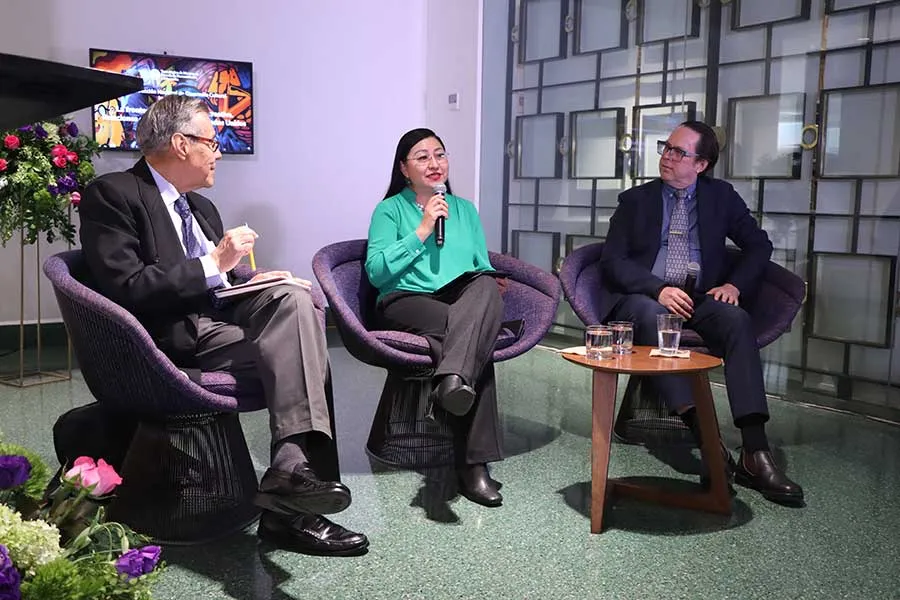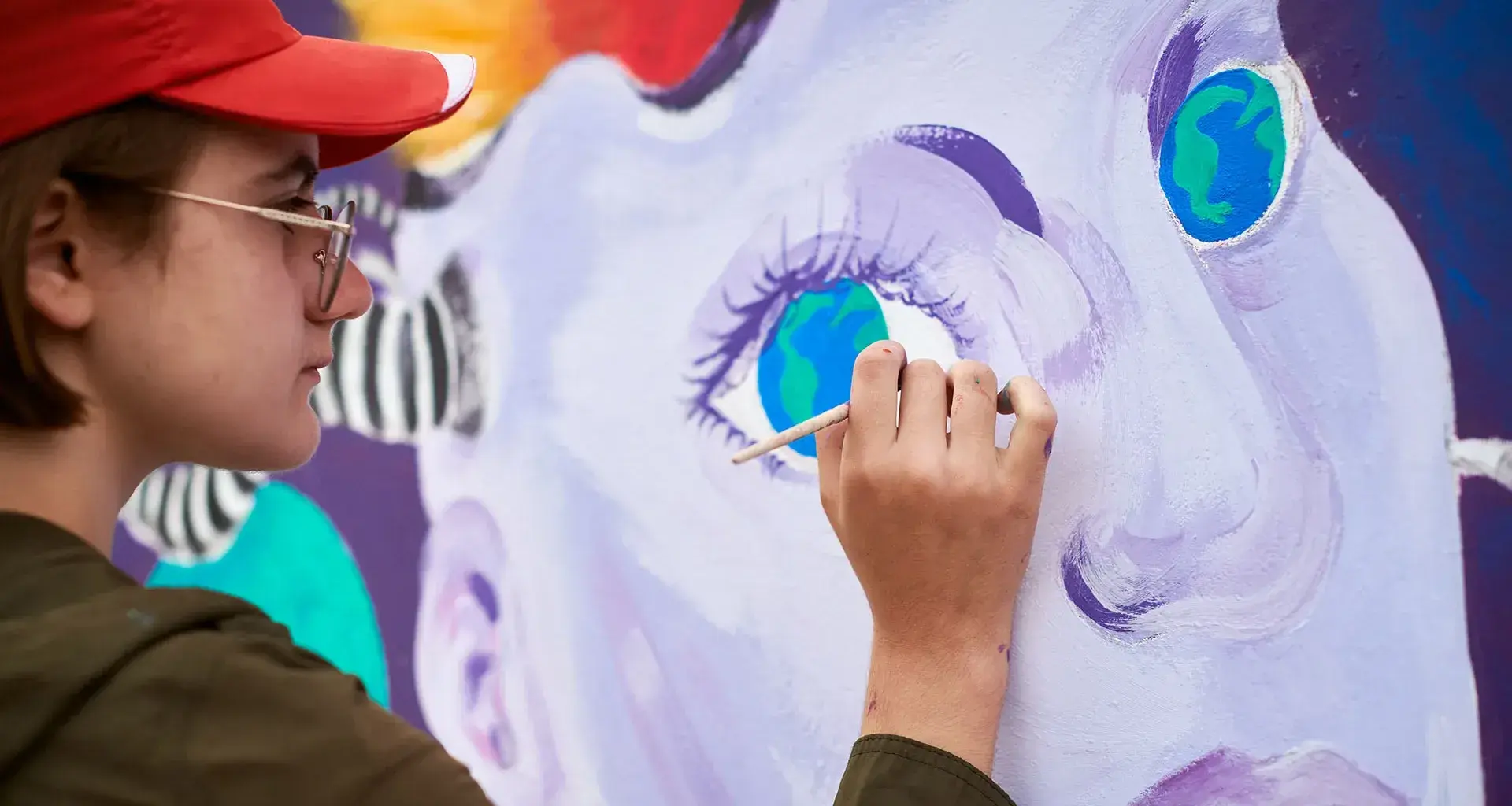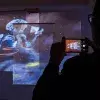Can art create a bond between cultures regardless of physical borders? Yes, through the creative industries, said philosophy professor Alfonso Alfaro and George Washington University professor John Warren.
This topic was addressed in the panel The Border as a Creative Possibility: Mexico-United States Cultural Relations.
The event was organized by the National Directorate of Cultural Development and the School of Humanities and Education.
“A fundamental task of universities is to prepare people for the post-contract manufacturing world. This means shifting their focus from labor to joining the creative industries,” shared Alfonso Alfaro.

It’s a huge challenge, he said, because overcoming the contract manufacturing cycle is necessary, as is resolving economic and political inequalities.
“The key to overcoming these terrestrial boundaries is creativity,” explained the director of the Center for Arts Research in Mexico.
In the discussion, the specialists explained that language, the arts, music, and film are some of the disciplines that have helped us understand the connection between nations, regardless of cultural boundaries.
“The most interesting thing about our current situation is that we increasingly have more cultural mixing.
“For example, in the United States, the Hispanic community used to be considered a minority, but now they’re more involved in American society,” said John Warren.
“The only thing that gives me hope is creativity; the mixing of cultures is a ray of light among all the negativity.” - John Warren
Held on February 25, this event aimed to reflect on how the border can be understood not only as a geographical boundary but also as an opportunity for cultural innovation.
Borders as meeting spaces
Borders are meeting places. We have lived in culturally distinct spaces for centuries, but there is an unseen border that has always been talked about, and that is the border of the Western world, Alfaro added.
“Today, we can say that the Western world no longer exists because the cultural hegemony maintained by the United States, particularly after World War II, has changed; now there is multi-border interaction,” he explained.
When discussing border region editorial contributions, John Warren highlighted the importance of collaboration between institutions to move written stories across territories.
“We can say that it’s now easier to get books in Spanish in the United States; that’s one less barrier.
“But, as a university, what we should really be interested in is generating strategic collaborations with major publishing houses that give us the opportunity to publish books simultaneously in both English and Spanish,” he added.

Collaboration is key to crossing borders
John Warren said that creativity will continue to be the key to breaking down boundaries in any field.
“The only thing that gives me hope is creativity; the mixing of cultures is a ray of light among all the negativity. ‘Is education part of that creativity?’ Of course,” he argued.
Ana Lucía Macías, National Director of Cultural Development at the Tec and moderator of the panel, noted that the creative possibilities presented by the specialists provide a broader view of culture.
“This conversation has allowed us to explore how literature, art, and artistic expression in general are fueled by interculturality.
“We’ve also learned how these relationships can generate new creative possibilities,” she said.
Read More:





